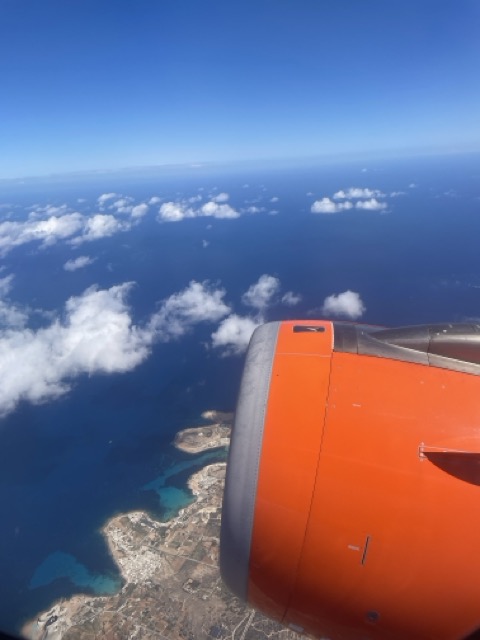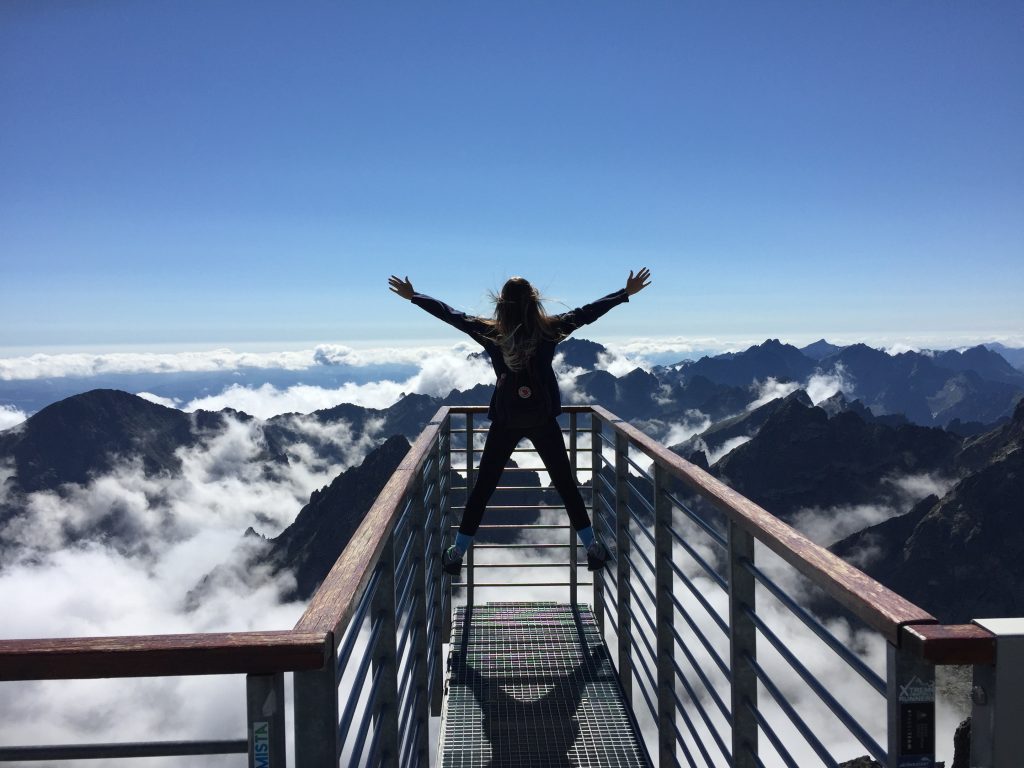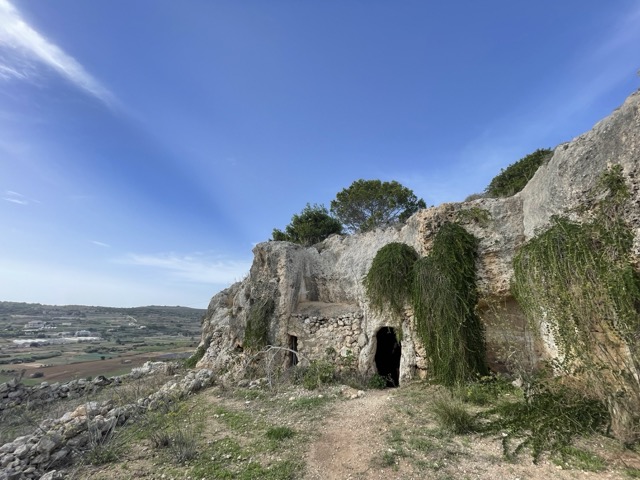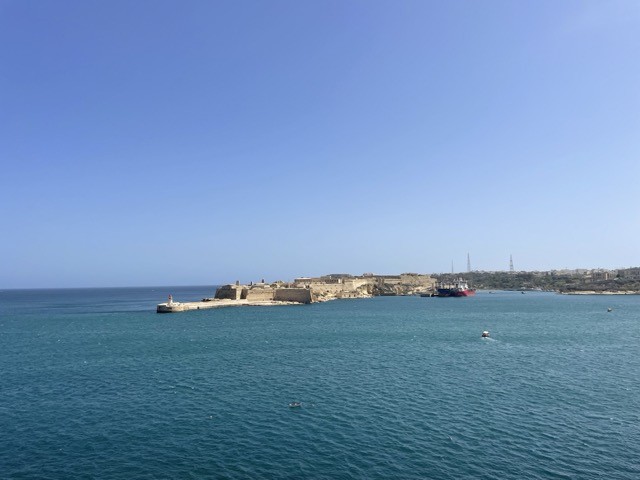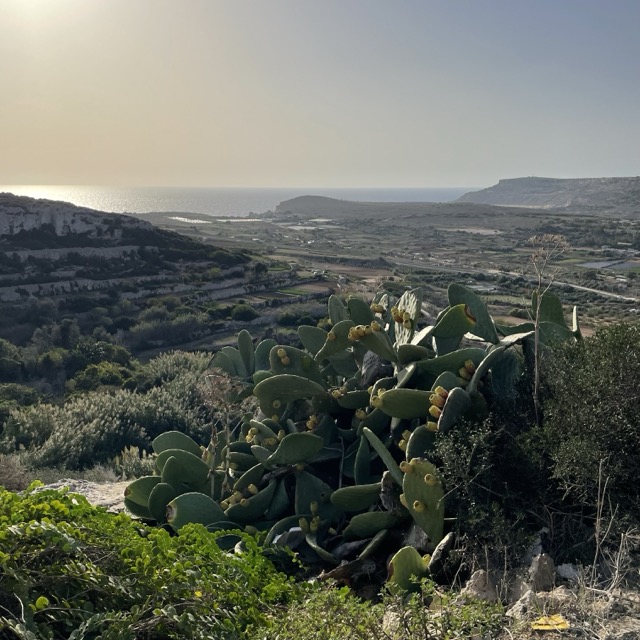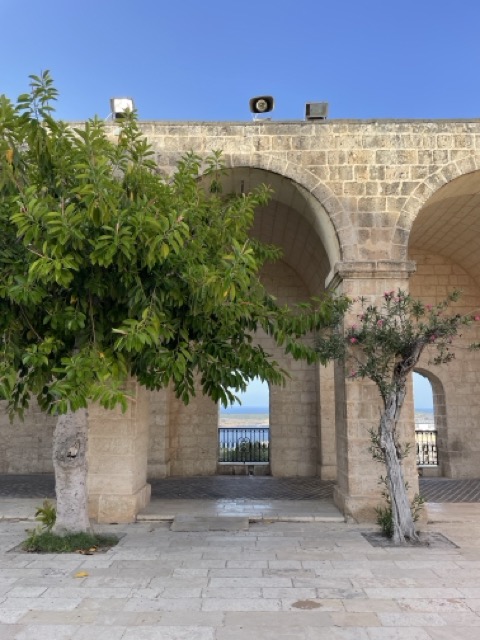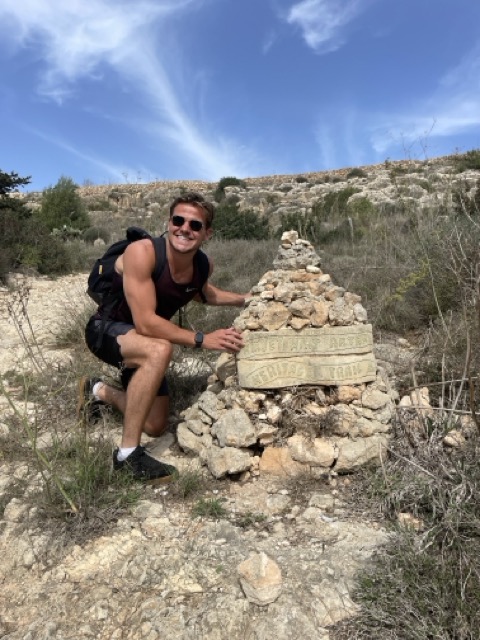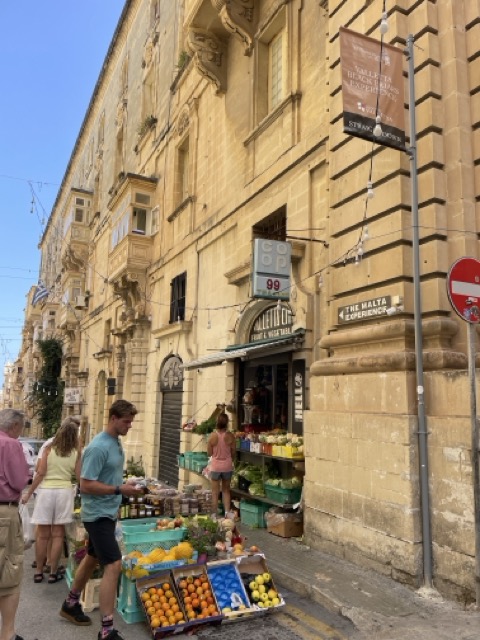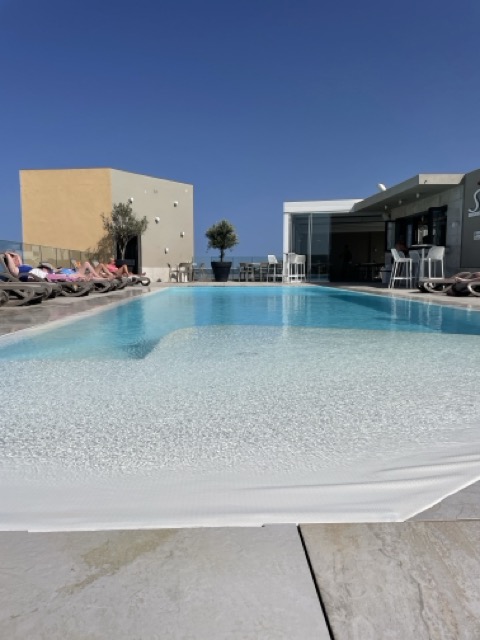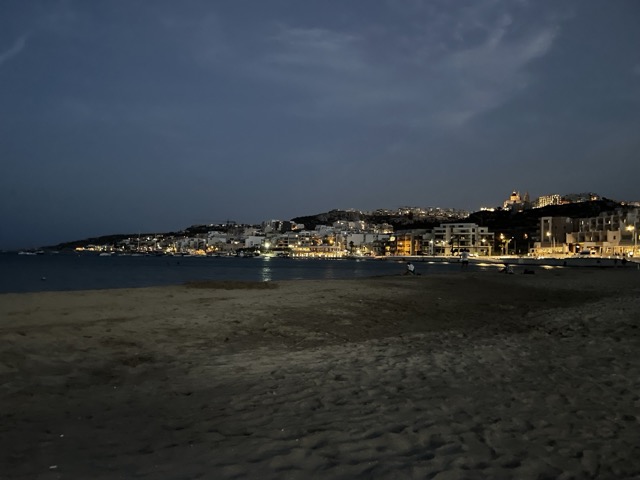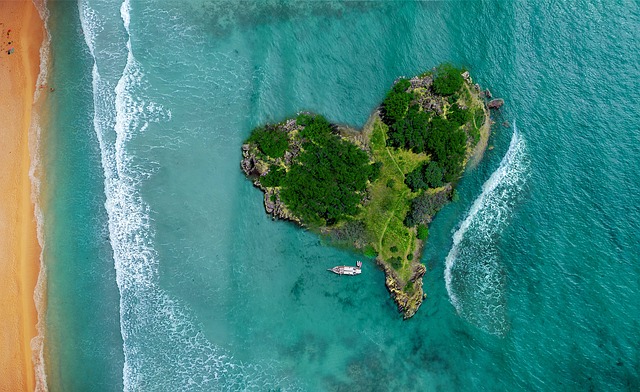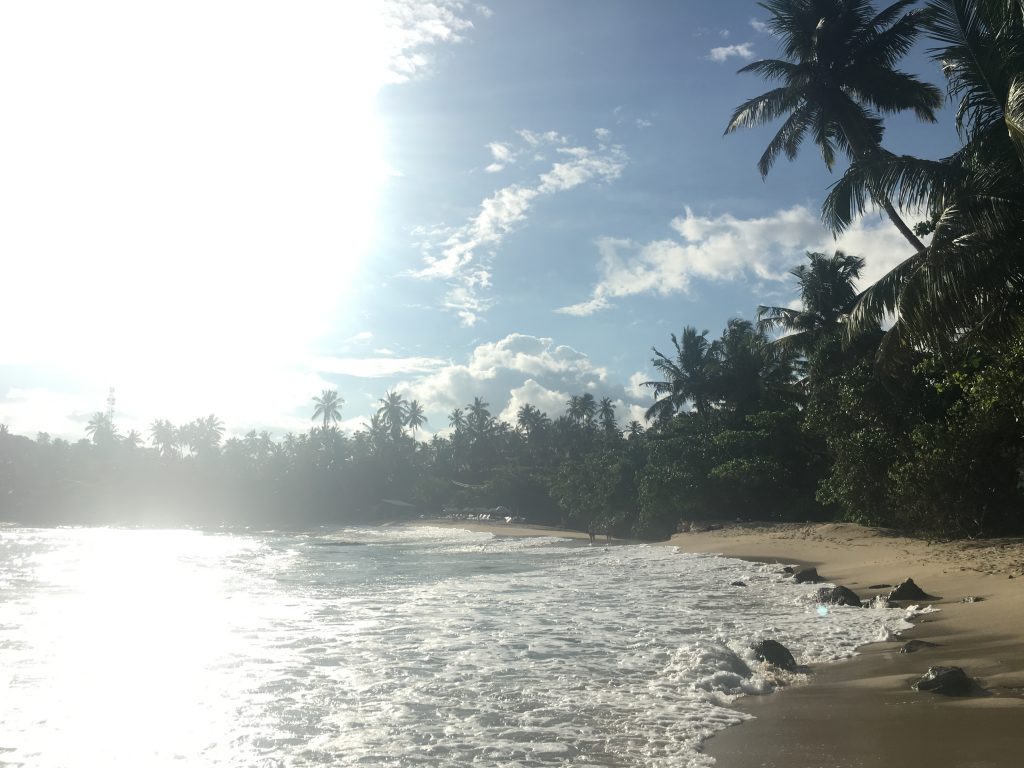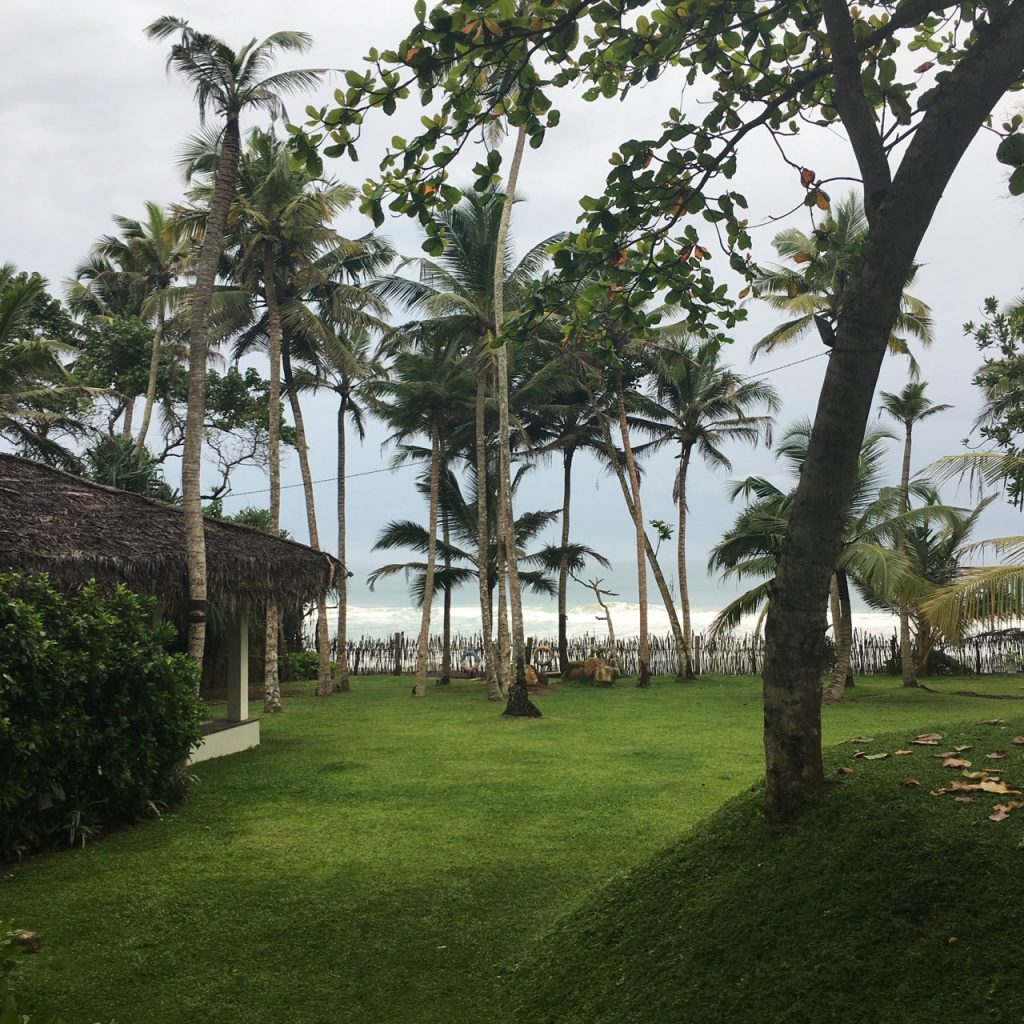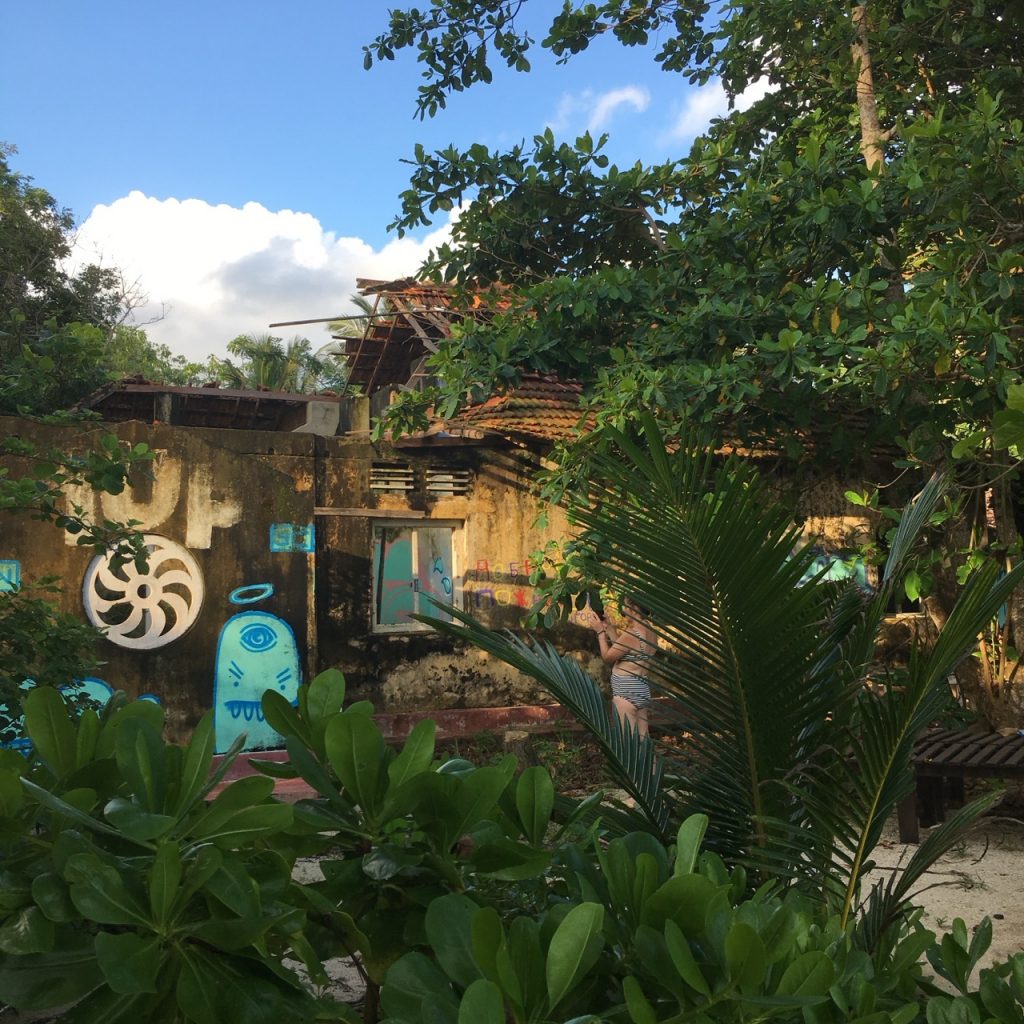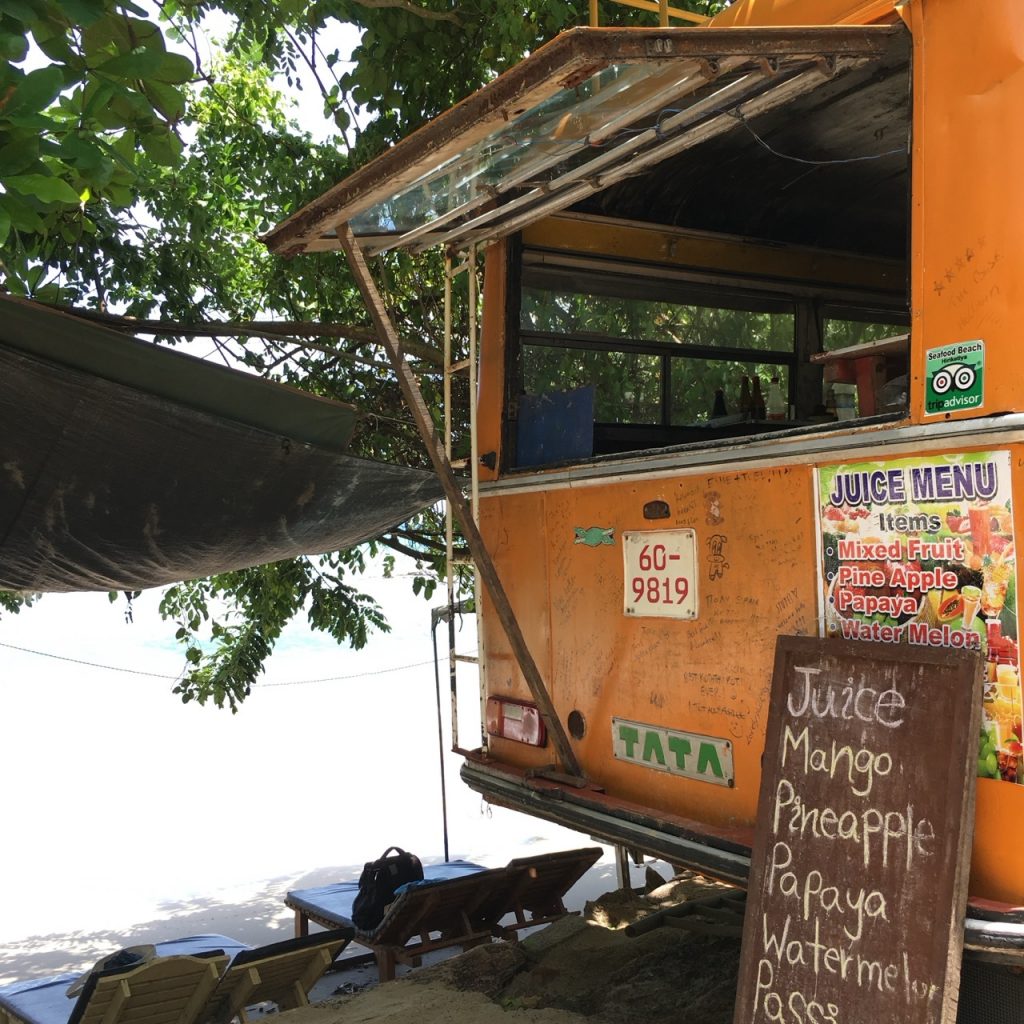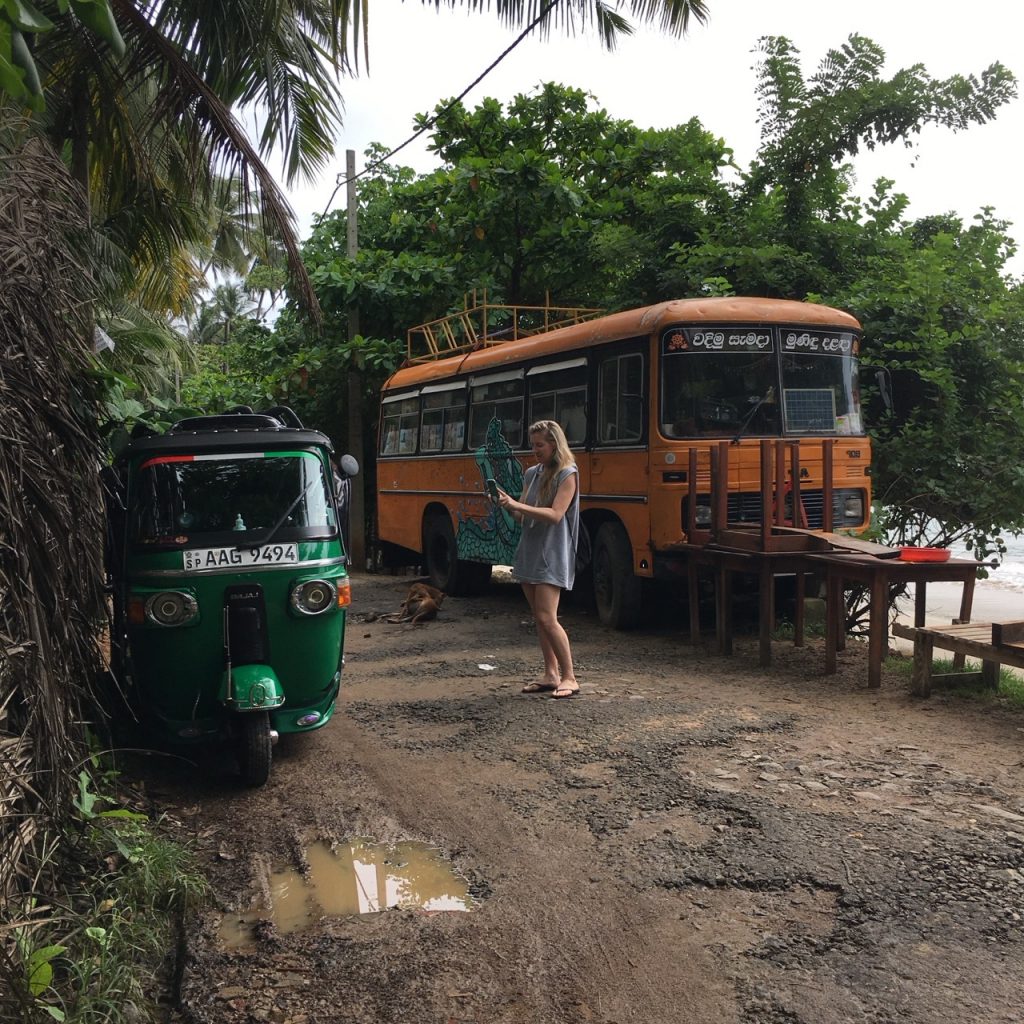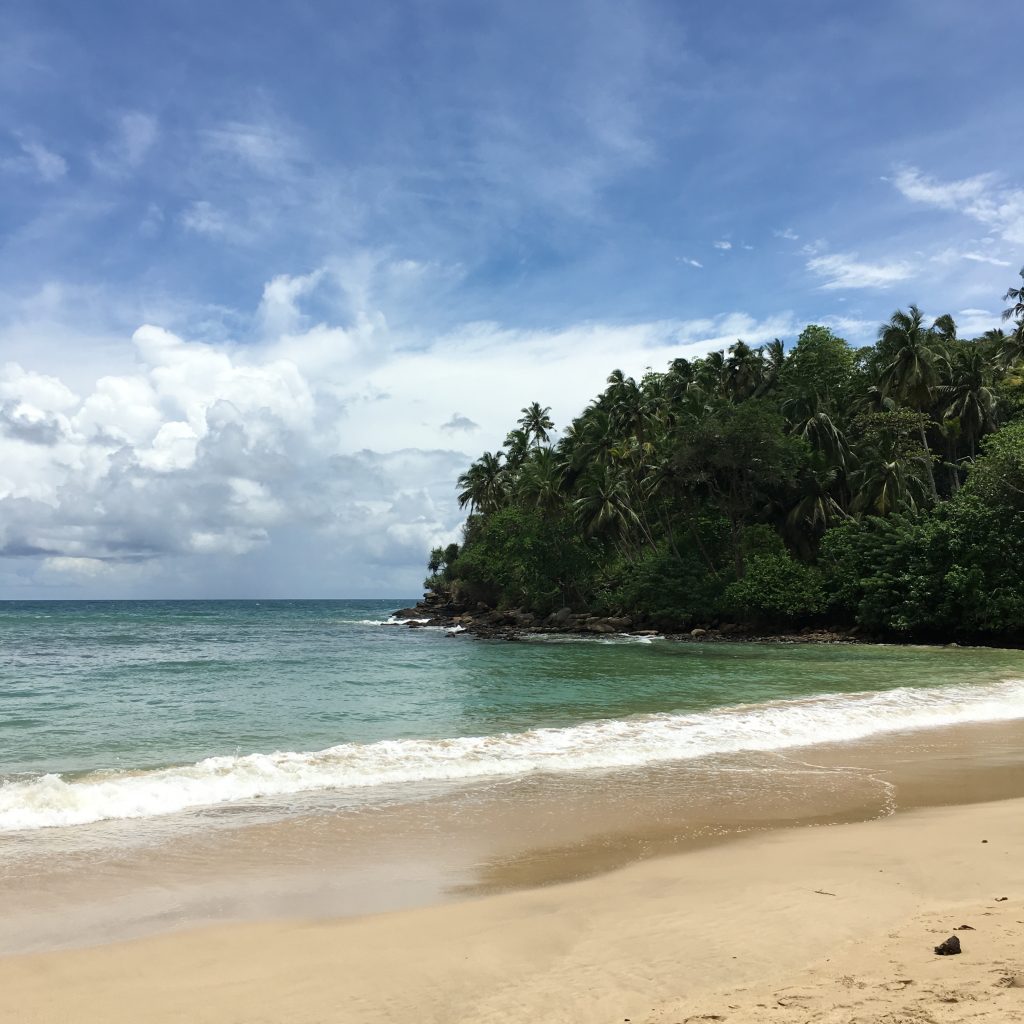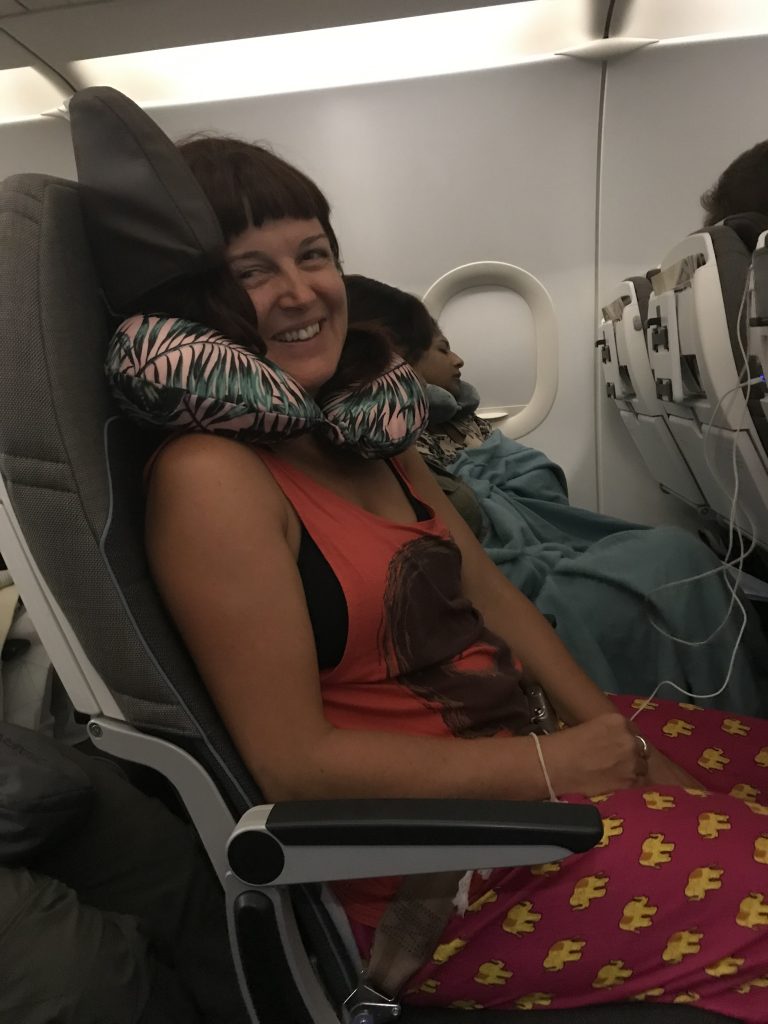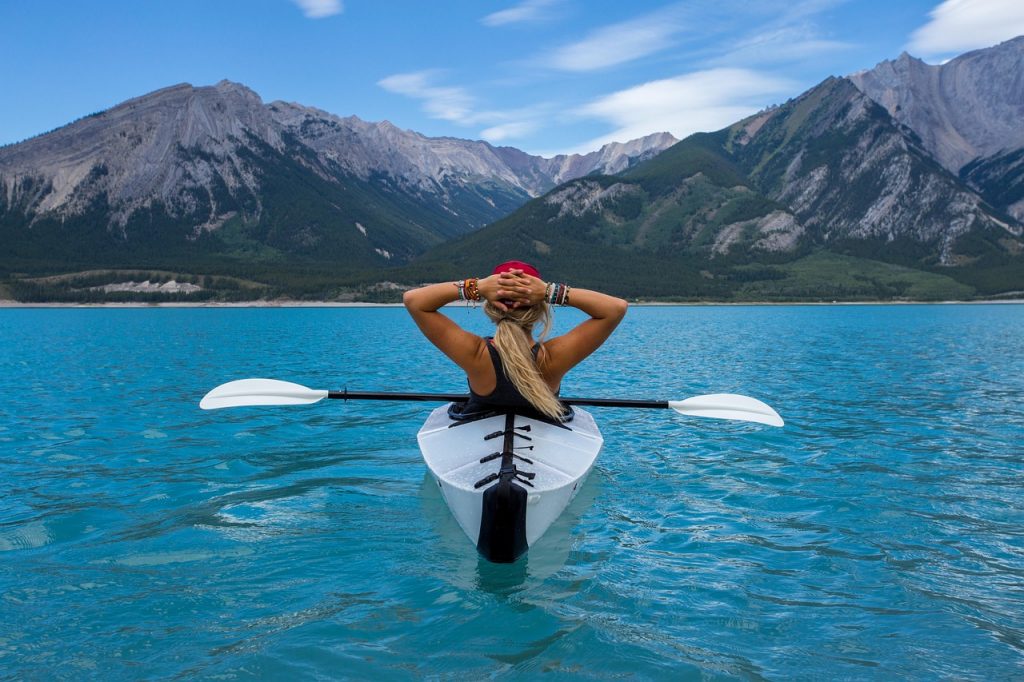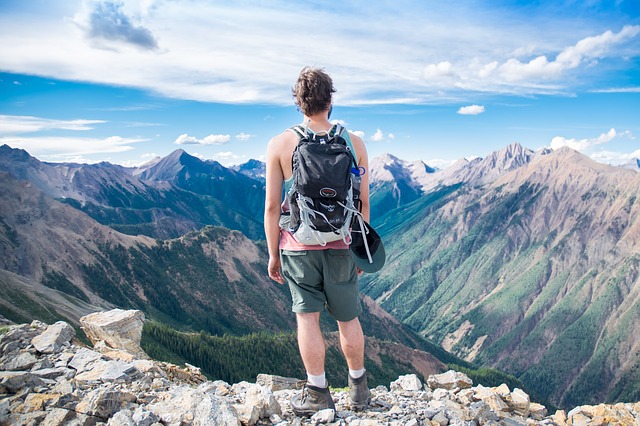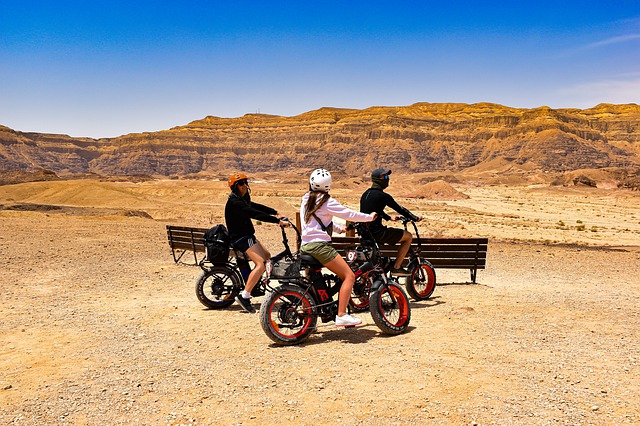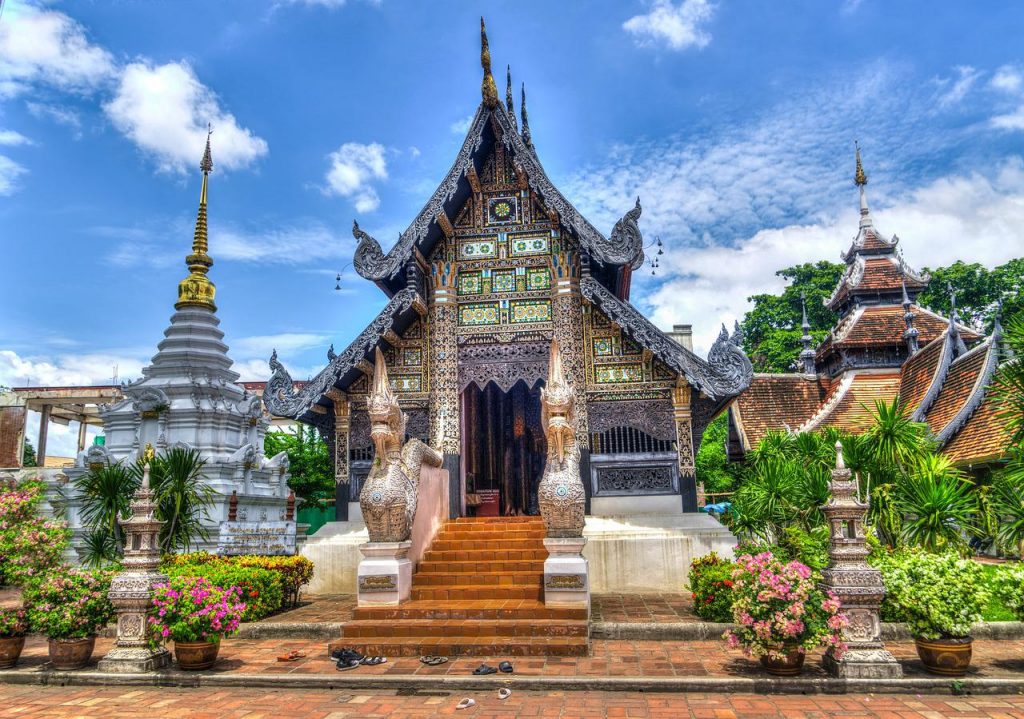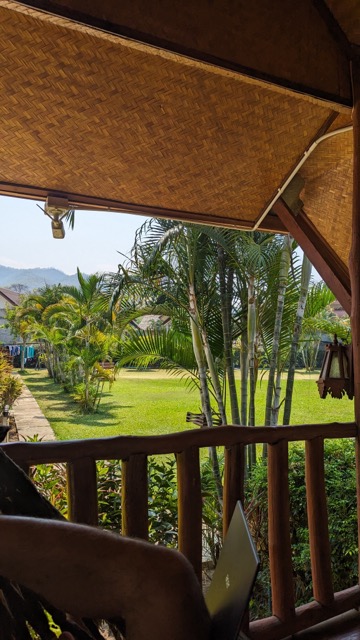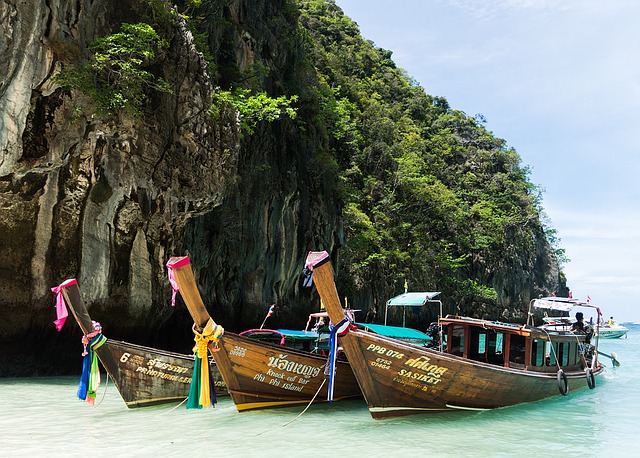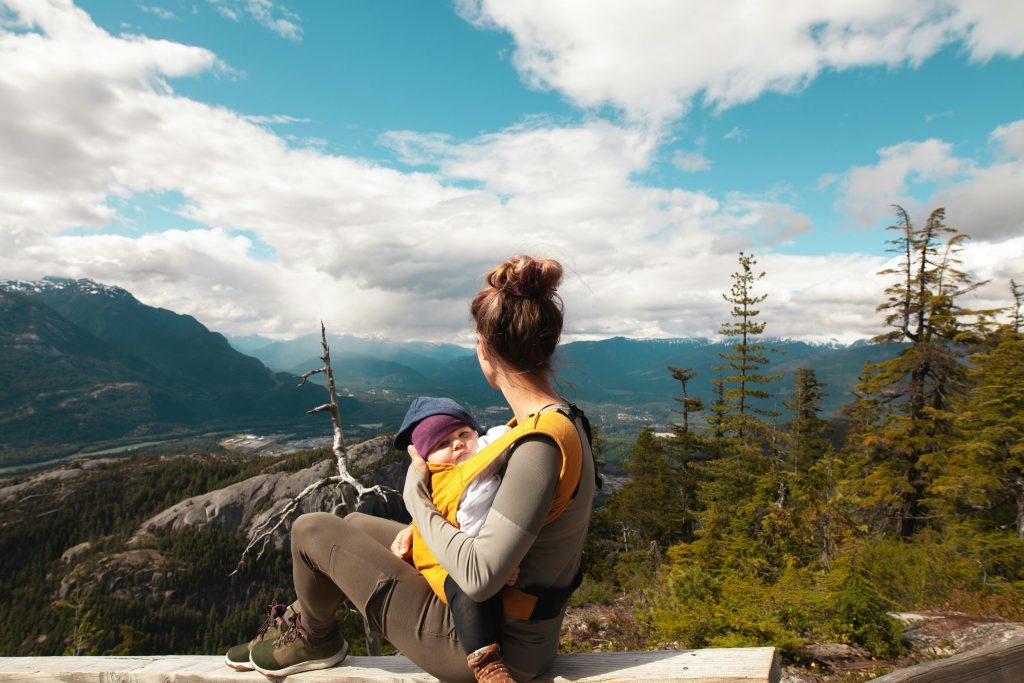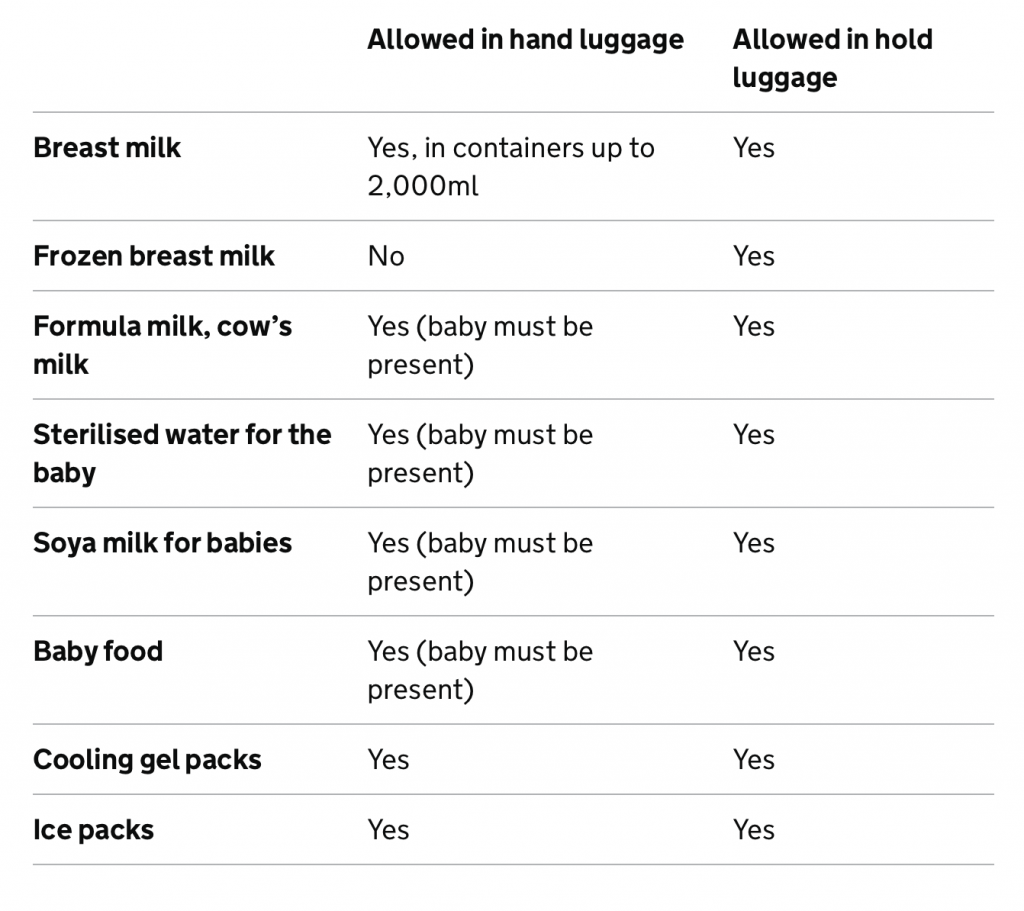Planning your next getaway? Whether you’re off to bask in the sun on a tropical beach or conquer the slopes with some thrilling winter sports, travel insurance is a must-have. But with so many options out there, how do you choose the right policy? Let’s break it down.
How often will you travel?
First things first: think about how frequently you’re going to jet off. If you’re a globetrotting enthusiast, annual multi-trip insurance could be your best friend. This type of policy covers you for multiple trips throughout the year, often at a lower cost than buying individual single trip policies – perfect for the spontaneous traveller!
How long will your trip last?
You’ll also want to bear the length of your trip in mind when selecting your cover, as this will determine which policy is best.
Up to 3 months
If you’re planning a holiday that will last up to 3 months (or 90 days), a single trip insurance policy might be all you need. This type of policy provides targeted protection for specific holidays, so you can focus on making memories rather than worrying about the unexpected.
Over 3 month stays
If your adventures last longer than 3 months or will take you to multiple countries, don’t skip on long stay travel insurance! This ensures you’re fully protected during extended travels, covering aspects like medical emergencies, trip cancellations, and personal belongings.
Tip: Buy your travel insurance up to a year in advance; you’ll often get better rates and more comprehensive options.
Specialist and high-risk holidays
For high-risk travel plans—like cruising or snowboarding—you’ll need specialist policies, such as winter sports and cruise travel insurance. These offer protection against the unique risks associated with these types of trips, such as emergency medical coverage and personal liability.
Other extreme activities
Some standard policies will cover other extreme activities and some won’t. Whether you’re diving, heliskiing, sledding, mountaineering or coasteering, read your policy thoroughly and make sure you’re protected! If you need additional cover, get a quote and explore your options.
Business or pleasure (or both)?
Are you travelling for work, pleasure, or a blend of both? If you’re bringing valuable equipment like laptops, phones, or other tech gadgets, ensure your policy specifically covers these items against theft, loss, or damage.
Additionally, consider whether you’ll need coverage for any business-related activities, such as attending meetings or conferences. Some policies offer specific benefits for business travellers, like coverage for trip cancellations due to work commitments or missed connections.
Don’t forget to review the policy’s liability coverage, especially if you’re representing a company. This can protect you in case of accidental damage to property or injury to others while conducting business abroad.1
Solo travel vs. family adventures
Travelling alone? Single trip insurance should provide sufficient coverage for your individual needs, ensuring that you’re protected against unexpected events like medical emergencies, trip cancellations, and lost luggage.
If you’re travelling with kids, family policies can include coverage for your little ones, as well as student trips or kids who are travelling solo. Typically these will include medical expenses, coverage for their personal belongings, and options for activities they might engage in.
Additionally, special coverage is available for older travellers, ensuring all family members are protected during your holiday.
Pre-existing conditions and pregnancy
Have you got a pre-existing health condition or are you expecting a little one? It’s crucial to declare these when purchasing your insurance. Consider pre-existing medical condition policies or pregnancy protection for extra peace of mind – the last thing you want is to be stuck in a foreign country without the right medical help.
Travel insurance: in a nutshell
Choosing the right travel insurance boils down to understanding your length of trip, how often you’ll be travelling and activities you’ll be doing. Whether you’re planning a cosy family trip, a solo backpacking adventure, or an extreme sports expedition, the right coverage will keep you safe and protected in every situation.
Ready to travel with confidence?
Get travel insurance from the experts
We offer specialist travel insurance to suit your needs. All of our policies come with a 24/7 multilingual helpline, and each can be tailored to fit your unique circumstances, no matter where you are in the world! Get in touch with us for a quote or call us on 01892 833338. We strive to get you the best value insurance for any holiday. Your next adventure awaits, so let’s make it a safe one!

